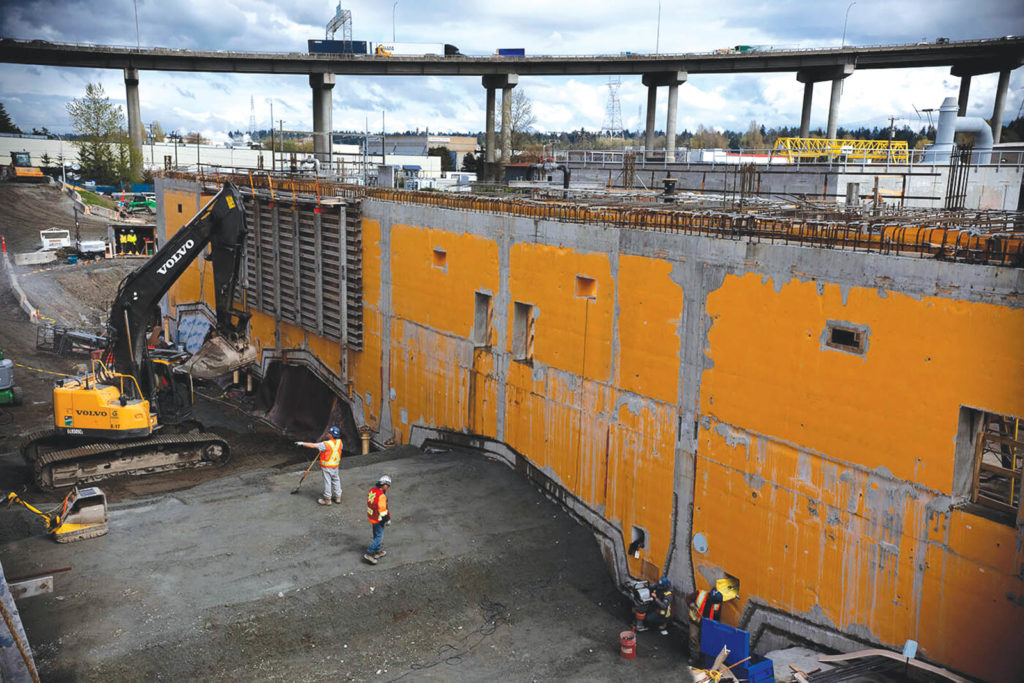Vancouver, British Columbia, Canada, is expected to grow to a total population of 3.4 million by 2041—an increase of about 1 million residents. The increased population will weigh heavily on the city’s existing infrastructure, requiring upgrades or new developments to fill the gap. A key initiative to help meet the region’s wastewater treatment needs is the expansion of the Annacis Island wastewater treatment facility.

Metro Vancouver Regional District is serviced by five wastewater treatment plants. The Annacis Island wastewater treatment plant is among the largest, treating about 46 billion gallons (175 billion l) of wastewater each year. Annacis Island treats wastewater for more than 1 million residents across 21 municipalities, one Electoral Area and one Treaty First Nation.
The expansion of the Annacis wastewater treatment facility will take place over several years and comprises more than 20 projects that will ultimately improve the facility’s capacity. These currently planned expansion projects are being conducted in phases and include new trickling filters, secondary clarifiers and a co-generation facility that will improve the energy generation from the recycled energy captured on-site. The expansion will also feature a new outfall pipe. Overall, the expansion projects together will increase the volume of treated wastewater, improve the generation of on-site green energy and manage odor. Eventually, the facility will also be able to quickly recover and resume operating even shortly after a major earthquake.
Concrete protection is an essential element in extending the lifespan of many critical concrete structures that make up wastewater treatment facilities. Concrete protection liners (CPL) help prevent corrosive compounds and gases from damaging the structures. Since the early 1990s, Vancouver has utilized AGRU America Inc.’s Sure-Grip, a high-density polyethylene (HDPE) CPL, on at-risk concrete structures exposed to and in contact with wastewater. As part of the expansion effort at Annacis, the primary influent channel, pre-aeration tanks, and primary effluent channels are being expanded. These new constructions will use AGRU’s Ultra-Grip to line the walls and ceilings. Ultra-Grip is a new version of Sure-Grip that utilizes an enhanced anchoring system design.
In this one of the many ongoing projects, Vancouver worked with project design consultant Brown and Caldwell to develop the plans for the new grit removal facilities. The customer and fabricator, Predl Systems North America Inc., then coordinated with the designers and engineers to provide support for the structures to be lined with Ultra-Grip, fabricating the Ultra-Grip into panels sized to match the exact dimensions of each concrete pouring sequence.
The first phase of expansion is estimated to be completed by August 2021 and the final phase of current planned expansion is December 2026.
For new structures, the design service life of the buildings, concrete basins, roofing and coatings systems are 50 years, 50 years, 20 years and 10 years, respectively. The tanks, channels and other structures designed to the American Concrete Institute (ACI) 350 standard with additional rebar cover and more robust concrete mix designs have a service life of 75 years.
 TEXTILES.ORG
TEXTILES.ORG


